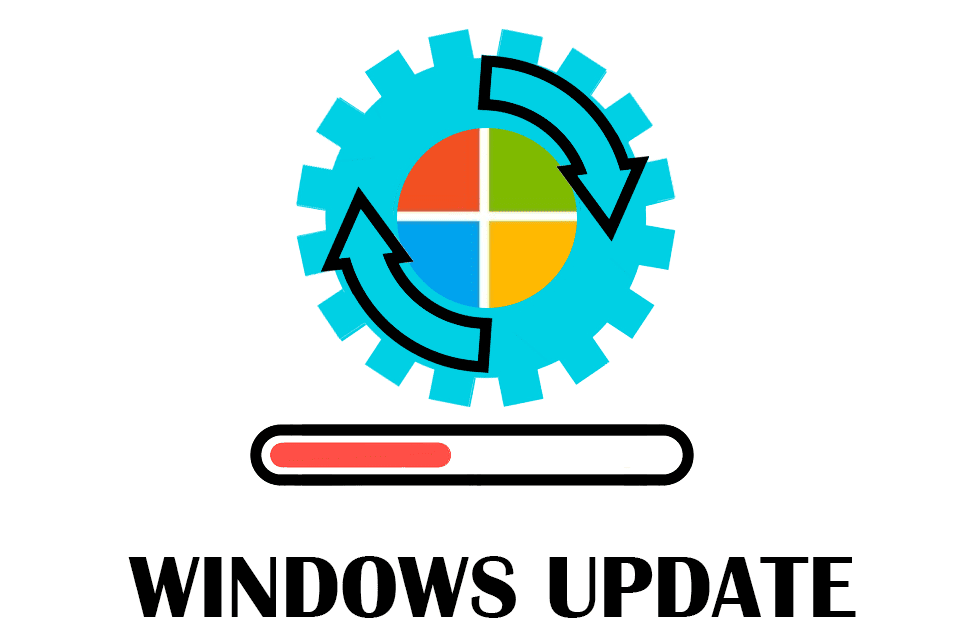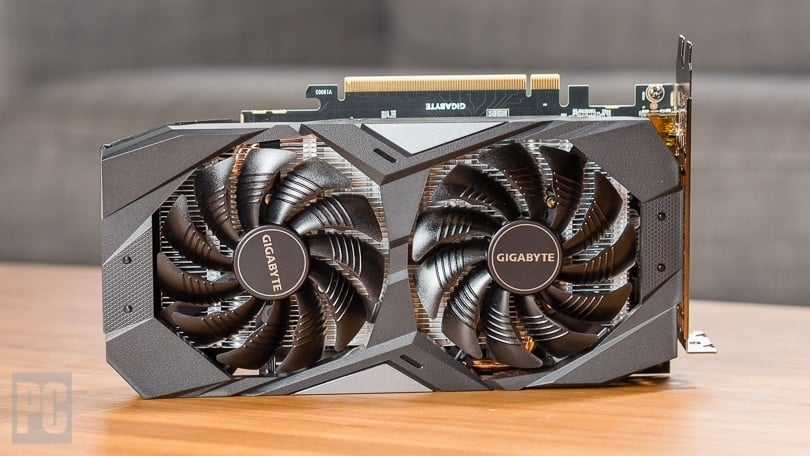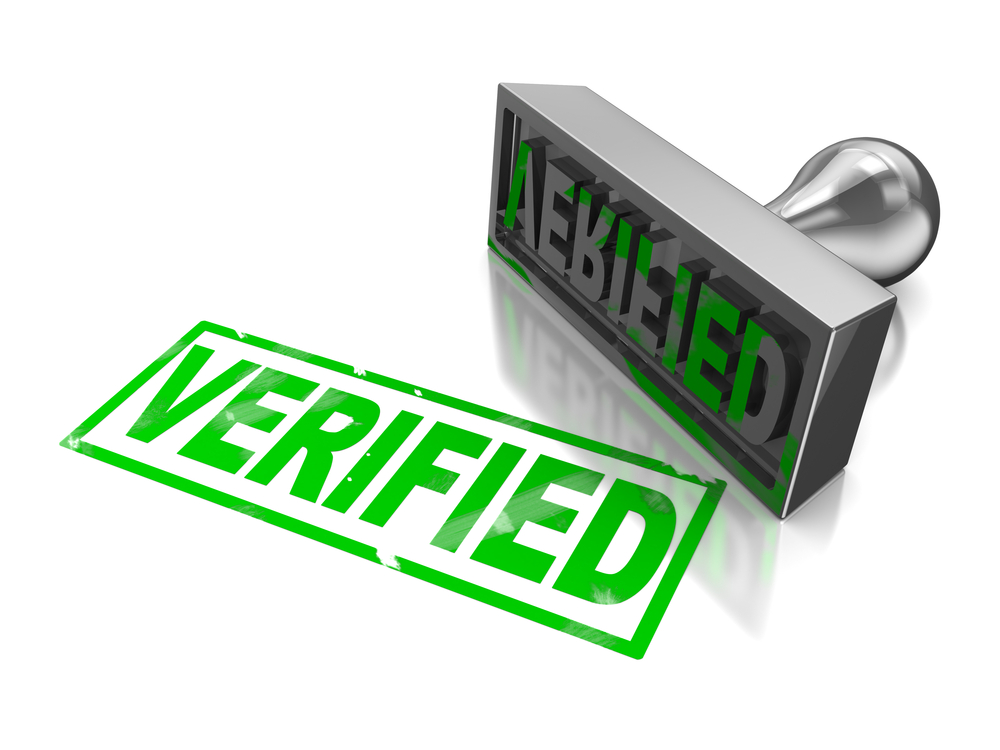Resetting the graphics driver on Windows 10/11 can help resolve various display-related issues, such as screen flickering, blurry graphics, or driver conflicts. Here is a step-by-step guide explaining how to reset the graphics driver on your Windows 10/11 system:
Check for Updates:

Before resetting the graphics driver, ensure that your operating system is up to date. Microsoft regularly releases updates that include bug fixes and driver improvements. To check for updates on Windows 10/11, follow these steps:
- Click on the “Start” button or press the Windows key.
- Select the gear icon to open the Settings app.
- In the Settings window, click on “Update & Security.”
- Click on “Windows Update” in the left-hand sidebar.
- Click on the “Check for updates” button and wait for Windows to scan for available updates.
- If updates are found, download and install them.
Identify the Graphics Card:

Knowing the specific graphics card installed in your system is essential for resetting its driver. To identify the graphics card, follow these steps:
- Right-click on the Start button or press the Windows key + X.
- From the context menu, select “Device Manager.”
- In the Device Manager window, expand the “Display adapters” category.
- You will see the name of your graphics card listed. Make a note of it for reference.
Download the Latest Driver:

To ensure that you have the latest graphics driver version available, visit the official website of your graphics card manufacturer. Look for the support or downloads section, and search for the driver that matches your graphics card model and the version of the operating system (Windows 10 or 11). Here are the general steps to download and install the latest driver:
- Open your preferred web browser.
- Go to the official website of your graphics card manufacturer (e.g., NVIDIA, AMD, Intel).
- Navigate to the “Support” or “Downloads” section.
- Enter your graphics card model and select the appropriate operating system version (Windows 10/11).
- Locate the latest driver version available and click on the download link.
- Save the driver file to a location on your computer that you can easily access.
Uninstall the Current Graphics Driver:

Before resetting the graphics driver, it is important to uninstall the current driver to ensure a clean installation of the new driver. To uninstall the current driver, follow these steps:
- Right-click on the Start button or press the Windows key + X.
- From the context menu, select “Device Manager.”
- In the Device Manager window, expand the “Display adapters” category.
- Right-click on your graphics card name and select “Uninstall device.”
- If prompted for confirmation, select “Uninstall” again.
- Follow any additional on-screen prompts to complete the uninstallation process.
Restart Your Computer:

After uninstalling the graphics driver, it is recommended to restart your computer. This allows Windows to remove any remaining files and settings associated with the old driver. To restart your computer, follow these steps:
- Click on the “Start” button or press the Windows key.
- Click on the power icon and select “Restart.”
- Wait for your computer to shut down and restart.
Install the Latest Graphics Driver:

Once your computer restarts, you can proceed with installing the latest graphics driver that you downloaded earlier. To install the driver, follow these steps:
- Locate the driver file you downloaded in step 3.
- Double-click on the driver file to start the installation process.
- Follow the on-screen instructions provided by the driver installation wizard.
- Review and accept any license agreements or terms of use.
- Select the installation options you prefer, such as the installation directory or additional software components (if applicable).
- Click on the “Install” or “Next” button to begin the installation process.
- Wait for the driver installation to complete.
- Once the installation is finished, you may be prompted to restart your computer. If so, click on the “Restart” button.
Verify the Driver Installation:

After restarting your computer, it is important to verify that the graphics driver has been successfully installed. To check the driver version and confirm the installation, follow these steps:
- Right-click on the Start button or press the Windows key + X.
- From the context menu, select “Device Manager.”
- In the Device Manager window, expand the “Display adapters” category.
- Double-click on your graphics card name to open its properties.
- In the Properties window, select the “Driver” tab.
- Check the driver version and ensure that it matches the version you downloaded and installed.
Test Your Graphics:

To ensure that the graphics driver reset was successful and that your display is functioning correctly, it is recommended to perform a quick test. Here are a few things you can check:
- Launch a graphics-intensive application or game and observe if the graphics appear smooth and without artifacts.
- Adjust the screen resolution and refresh rate to see if the changes take effect correctly.
- Connect an external display (if available) to verify that it is recognized and functioning properly.
Frequently Asked Questions (FAQs)
Q: Why would I need to reset my graphics driver?
A: Resetting the graphics driver can be necessary if you experience issues such as display problems, performance issues, or graphical glitches. It helps in reverting the driver to a stable state and resolving potential conflicts.
Q : Is it possible to reset graphics settings to defaults using the graphics control panel?
A:Yes, you can use the graphics control panel provided by your graphics card manufacturer (e.g., NVIDIA Control Panel or AMD Radeon Software) to restore graphics settings to their defaults. Look for options like “Restore Defaults” or “Reset.”
Q: What command can I use in Command Prompt to reset the graphics driver?
A:You can use the following command in Command Prompt (run as Administrator) to attempt to repair Windows image components:

After running this command, restart your computer to apply the changes.
Q: Can I use System Restore to undo graphics driver changes?
A: Yes, System Restore can be used to undo changes to the system, including graphics driver updates. Choose a restore point before the issues started and follow the System Restore wizard to revert your system.
Q: What should I do if resetting the graphics driver doesn’t solve the problem?
A: If resetting the graphics driver doesn’t solve the issue, consider more in-depth troubleshooting:
- Check for malware or viruses.
- Perform a clean installation of graphics drivers.
- Seek assistance from technical support forums or your device manufacturer.




